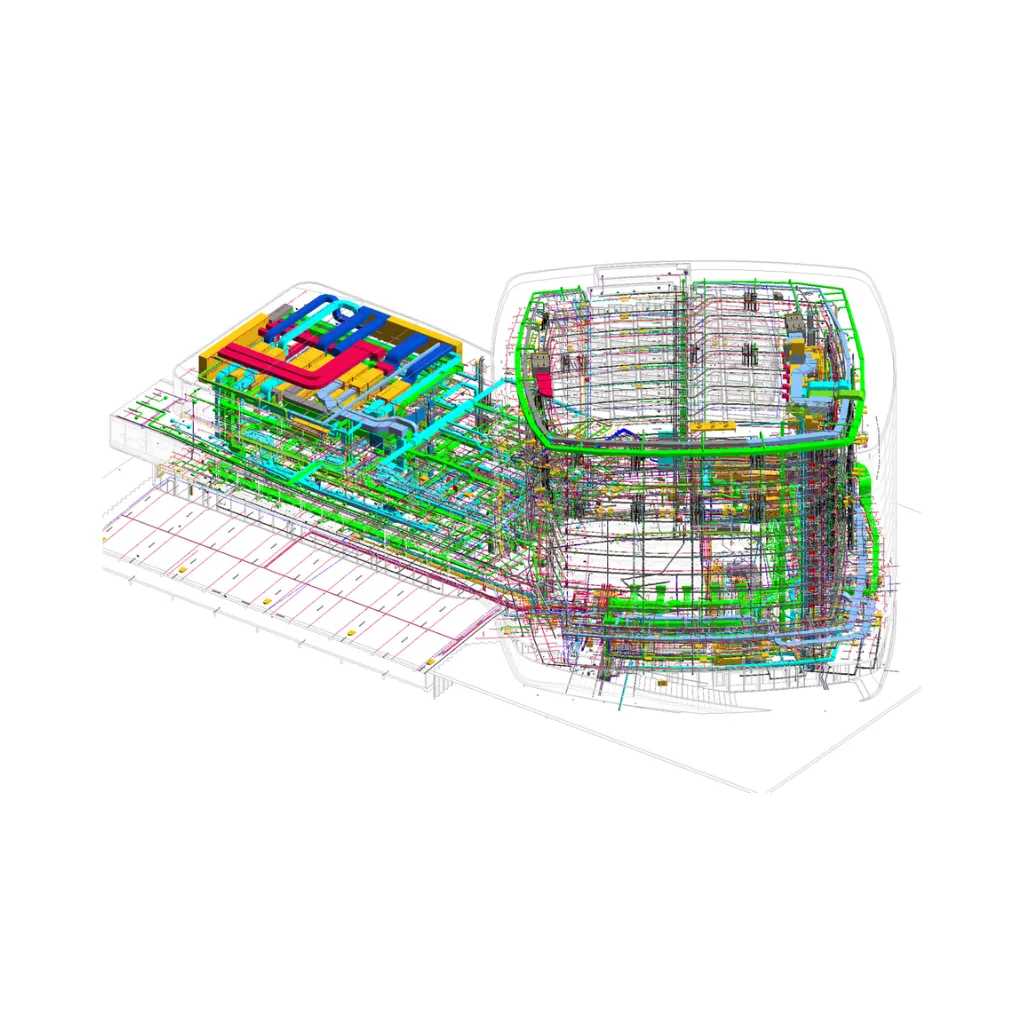
by Eng. Maurizio Bianco

by Eng. Maurizio Bianco
BIM mandatory from 2025

What is BIM and what does its mandatory nature imply?
BIM is a digital methodology for creating an integrated virtual model of a project. It includes the materials used, calculates Construction Times, and even predicts the Costs and maintenance management of the works.
With the mandatory introduction of BIM, all parties involved in the design, construction and management of public works will be required to use this technology. The goal is to improve efficiency, transparency and control in public projects.
BIM Mandatory from 2025 for public projects above €2 million
The mandatory introduction of BIM (Building Information Modeling) as of January 1, 2025, represents a momentous change for the construction industry in Italy, marking a decisive step toward digitization and innovation in the processes of design, construction and management of public works.
The BIM requirement is not limited to a technical change, but represents a real cultural transformation in the way construction is conceived and managed. Indeed, the digital model of the work makes it possible to improve the quality of design, optimize construction time, and reduce errors and costs, providing complete control over the life cycle of the building or infrastructure.
Technical Incentives
Contracting stations and awarding bodies are required to adopt interoperable tools and platforms based on open formats (IFC, OpenBIM) to ensure transparency and digital continuity in data management. In addition, the introduction of BIM is accompanied by technical incentives for public administration, including a 15 percent increase on incentives for technical functions, demonstrating the strategic importance of this transition.
BIM and the Italian regulations
The Ministerial Decree No. 560/2017 , also known as the BIM Decree, introduced the progressive obligation to use BIM for public projects. Therefore, its full implementation can be understood with the entry into force of the new Procurement Code (Legislative Decree 36/2023) and its update with the Legislative Decree 209/2024 .
What does this all lead to? Simple, BIM becomes a mandatory requirement for the design and execution of:
-
New construction works and interventions on existing buildings with an assumed cost of 2 million euros or more;
-
Work on buildings bound by the Cultural Heritage Code, if the amount of work exceeds the community threshold of 5.5 million euros.
This decree is part of a broader European strategy to digitize the construction sector.
Anticipated penalties
Current legislation, (as of today’s date) does not provide specific penalties for failure to use BIM. The Ministerial Decree No. 560/2017 , does not cover direct penalties for failure to adopt electronic modeling methods and tools.
The main consequence of this omission is the inability of the contracting station to use these tools, which could lead to a paralysis of procurement procedures.
In addition, failure to comply with the requirement to adopt BIM could negatively affect the qualification of contracting stations. The new Public Contracts Code emphasizes the importance of digitization and the use of tools such as BIM to improve efficiency and transparency in procurement procedures. Therefore, failure to adopt BIM could compromise a contracting station’s ability to participate effectively in public tenders.
In summary
Although there are no specific financial penalties, failure to use BIM in public procurement procedures can lead to significant consequences, including the inability to properly manage the bidding process and potential repercussions on the qualification of contracting stations.
The advantages of using BIM
The adoption of BIM offers numerous benefits, both in the design and management phases of works.
1. Increased efficiency and reduced errors
Thanks to the integrated model, professionals can identify and solve any problems before work begins, reducing delays and changes during construction.
2. Better control of cost and time
BIM allows for accurate budget and duration tracking by integrating data on materials, labor and construction time.
3. Sustainability and long-term management
The BIM model simplifies the maintenance of works by collecting detailed information about their management. This improves sustainability over time.
4. Market competitiveness
Adopting BIM means aligning with international standards, improving the competitiveness of design firms and construction companies.
👉 Get ready for the future! Start integrating BIM into your processes and stay competitive in the industry.
The disadvantages and challenges of BIM
Despite the advantages, the introduction of BIM presents some challenges.
1. High initial costs
The implementation of BIM requires investment in specialized software, appropriate hardware and staff training, however with our support it will be possible to obtain highly specialized external collaboration without the need for hiring.
2. Complexity and learning curve
BIM is not an immediate tool: advanced technical skills must be acquired to take full advantage of its potential. As mentioned above, this downside can also be easily resolved by framing outside the enterprise.
3. Need for coordination
BIM involves close collaboration among all those involved in the project, but nothing unsolvable with an already trained expert to interface with for the coordination phases.
👉 Overcome the difficulties with the right partners! Contact us to support you in implementing BIM.
BIM, an opportunity for the construction industry
Mandatory BIM by 2025 is both a challenge and an opportunity for the construction industry.
Adopting this methodology can improve efficiency, transparency and sustainability, but it requires adequate technical and organizational preparation.
📞 Don’t wait until the last minute! Contact us today to find out how to implement BIM in your company and face the future successfully.